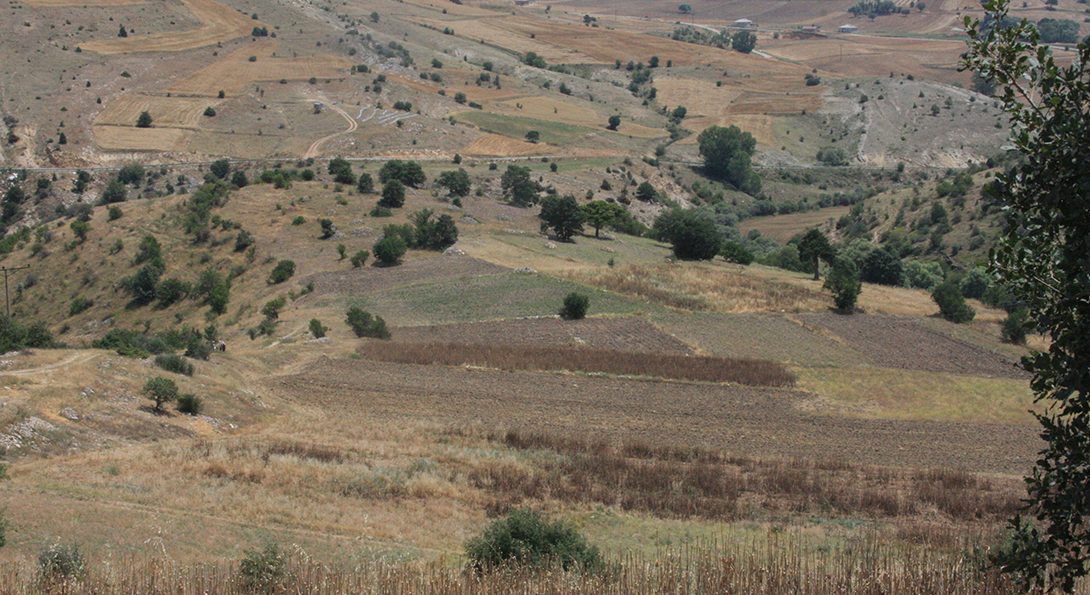Profs. Ömür Harmanşah and Peri Johnson publish new book chapter on Yalburt Survey Project!

Mountains as Connected Landscapes of Alterity
Professors Ömür Harmanşah and Peri Johnson published a new book chapter on Yalburt Yaylası Archaeological Landscape Research Project! Their article is entitled “Mountains as Connected Landscapes of Alterity: Boz Mountain Range and its piedmont.” The article appeared in the anthology The Archaeology of Anatolia Volume IV: Recent Discoveries (2018-2020), edited by Sharon R. Steadman and Gregory McMahon (Newcastle upon Tyne: Cambridge Scholars Publishing, December 2021, pp. 287-299). Their article is co-authored with Shannon Martino (Morton College), Müge Durusu Tanrıöver (Bilkent University), and Ben Marsh (Bucknell University) and can be downloaded here.
Yalburt Yaylası Archaeological Landscape Research Project is funded and supported by UIC's School of Art and Art History.
Abstract: Mountains are often groundlessly thought of as romantic backwaters lacking in development and civility, and portrayed as unruly places to pass through by academics working under the influence of ideologies of the state. Binaries of the urban and the rural, or the perception of civilized lowlands and crude shepherds and loggers, do not adequately account for the linear ecologies that intimately connect the plains to the mountains. In this chapter, we advocate for the significance of these connecting ecologies that resist the colonial or statist marginalization of mountain peoples and places. These connecting linear ecologies are substantive landscapes of everyday movement, the flow of water, taskscapes, and interconnected land use, and are not limited to roads and routes. Academic perspectives on ancient communities of the mountains tend to associate them with “landscapes of terror” (e.g., Matthews 2004). In these scenarios, marginalized mountain peoples are presented either as “tribal” threats to urbanized elites of the prosperous plains and lowland and river valleys, or impediments to regional circulation (Horden and Purcell 2000: 80). Such perspectives are produced under the influence of urban archives; they are typical of uncritical characterizations of mountains from an elitist bias and have to be taken with a grain of salt. Archaeological survey evidence, strengthened by ethnohistorical research, presents a far more even-handed perspective on life in the mountains. In this chapter we point to the intimately entangled nature of lowlands and mountains in the local context of west-central Anatolia. This chapter is a modest attempt to bring back mountains as complex and connected landscapes of alterity and to invite mountains back to their place within settlement history.